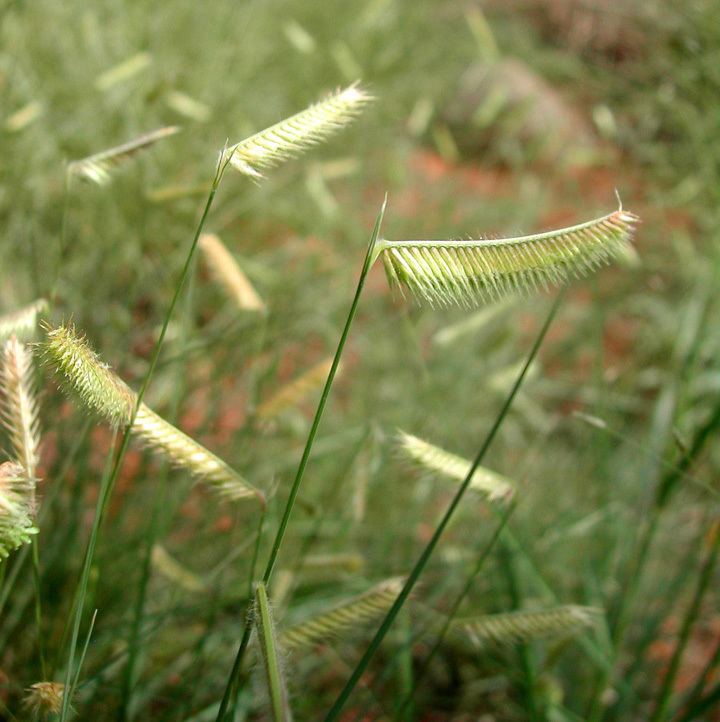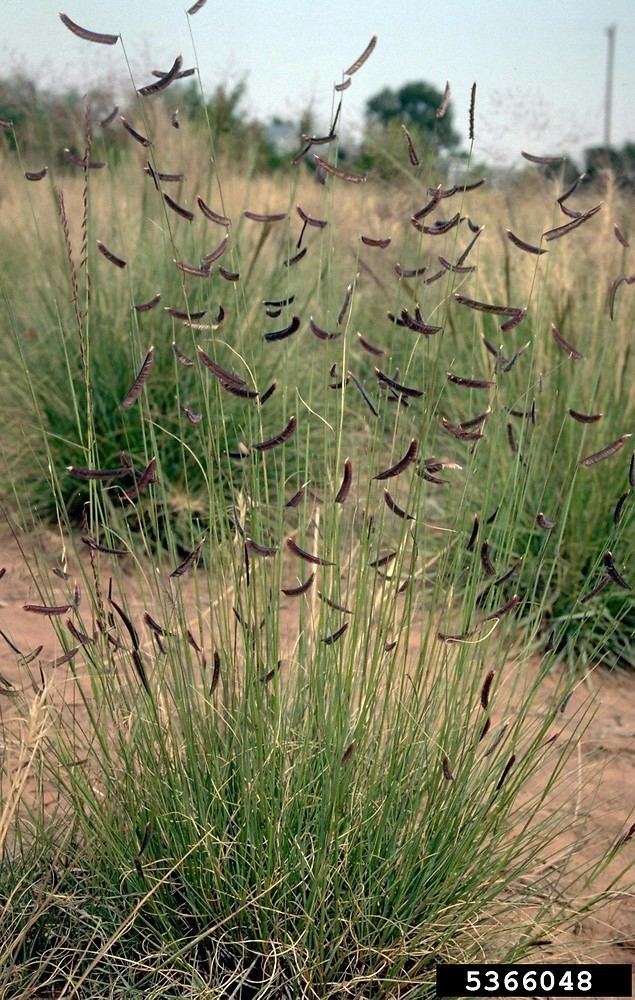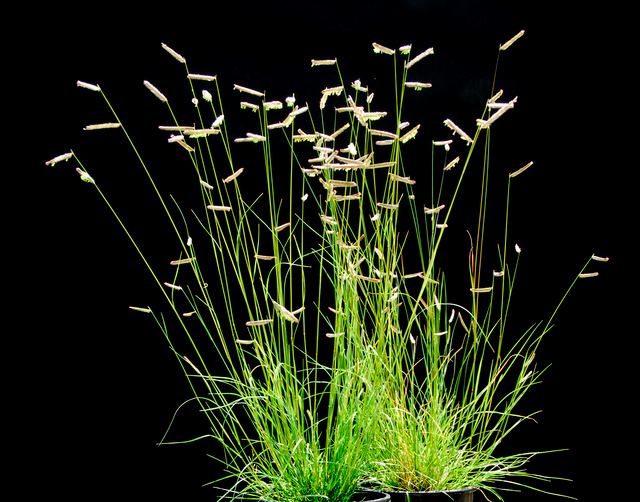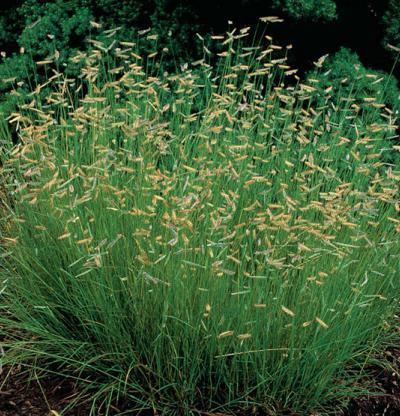Rank Species | Genus Bouteloua Higher classification Bouteloua | |
Similar Bouteloua, Grasses, Bouteloua curtipendula, Buchloe, Western wheatgrass | ||
Blonde ambition blue grama grass bouteloua gracilis
Bouteloua gracilis (blue grama) is a long-lived, warm-season (C4) perennial grass, native to North America.
Contents
- Blonde ambition blue grama grass bouteloua gracilis
- Description
- Horticulture and agriculture
- References
It is most commonly found from Alberta, Canada, east to Manitoba and south across the Rocky Mountains, Great Plains, and U.S. Midwest states, onto the northern Mexican Plateau in Mexico.

Blue grama accounts for most of the net primary productivity in the shortgrass prairie of the central and southern Great Plains. It is a green or greyish, low-growing, drought-tolerant grass with limited maintenance.

Blonde ambition blue grama grass bouteloua gracilis
Description

Blue grama grows on a wide array of topographic positions, and in a range of well-drained soil types, from fine to coarse-textured.

Blue grama has green to greyish leaves less than 3 millimetres (0.1 in) wide and 1 to 10 inches (25 to 250 mm) long. The overall height of the plant is 6 to 12 in (15 to 30 cm) at maturity.
The flowering stems (culms) are 7 to 18 inches (18 to 46 cm) long. There are typically two comb-like spikes, each with 20 to 90 spikelets, that extend out at a sharp angle from the flowering stem. Each spikelet is 5 to 6 mm (0.20 to 0.24 in) long. There is one fertile floret with a lemma (bract) 5 to 5.5 mm (0.20 to 0.22 in) long, with three short awns (bristles) at the tip, and one reduced sterile floret about 2 mm (0.08 in) long with three awns about 5 mm (0.2 in) long.

The roots generally grow 12 to 18 inches (30 to 46 cm) outwards, and 3 to 6.5 feet (0.9 to 2.0 m) deep.
Blue grama is readily established from seed, but depends more on vegetative reproduction via tillers. Seed production is slow, and depends on soil moisture and temperature. Seeds dispersed by wind only reach a few meters (6 ft); farther distances are reached with insects, birds, and mammals as dispersal agents. Seedling establishment, survival, and growth are greatest when isolated from neighboring adult plants, which effectively exploit water in the seedling's root zone. Successful establishment requires a modest amount of soil moisture during the extension and development of adventitious roots.
Established plants are grazing-, cold-, and drought-tolerant, though prolonged drought leads to a reduction in root number and extent. They employ an opportunistic water-use strategy, rapidly using water when available, and becoming dormant during less-favorable conditions. In terms of successional status, blue grama is a late seral to climax species. Recovery following disturbance is slow and depends on the type and extent of the disturbance.
Horticulture and agriculture
Blue grama is valued as forage.
Bouteloua gracilis is grown by the horticulture industry, and used in perennial gardens; naturalistic and native plant landscaping; habitat restoration projects; and in residential, civic, and highway erosion control. Blue Grama flowers are also used in dried flower arrangements.
Blue grama is the state grass of Colorado and New Mexico. It is listed as an endangered species in Illinois.
Among the Zuni people, the grass bunches are tied together and the severed end used as a hairbrush, the other as a broom. Bunches are also used to strain goat's milk.
